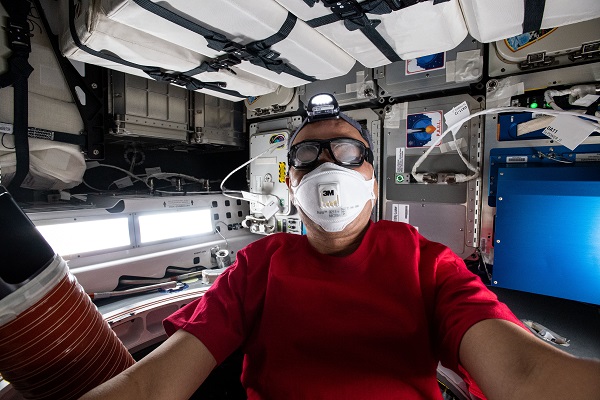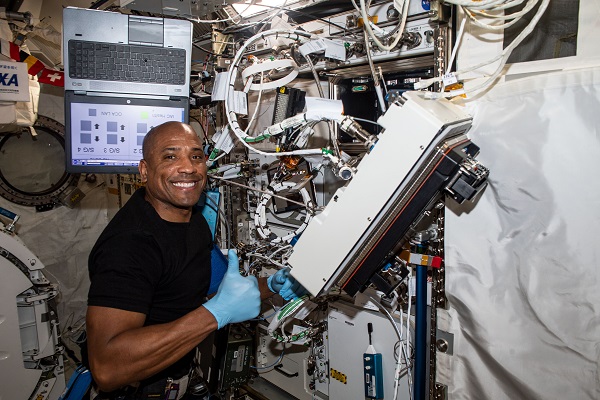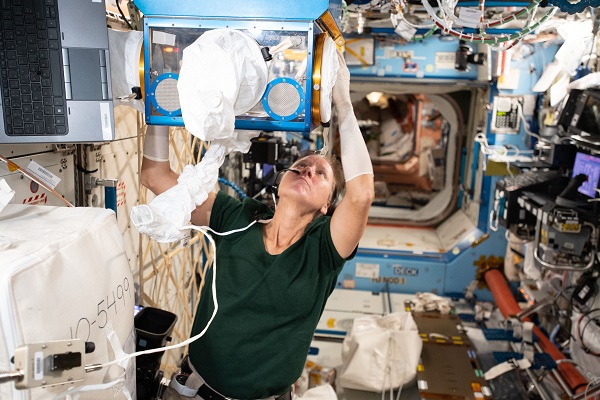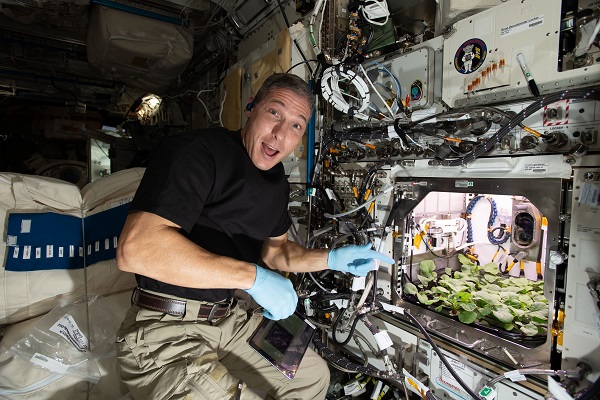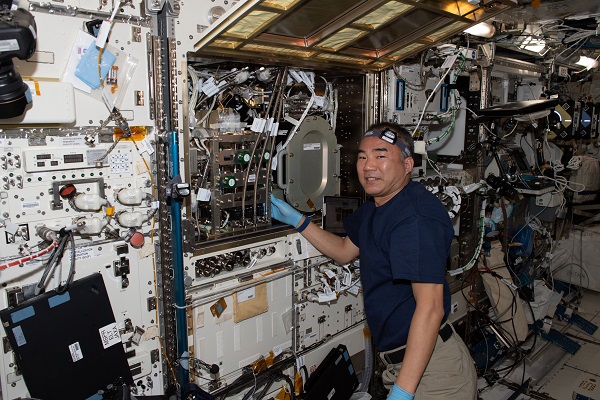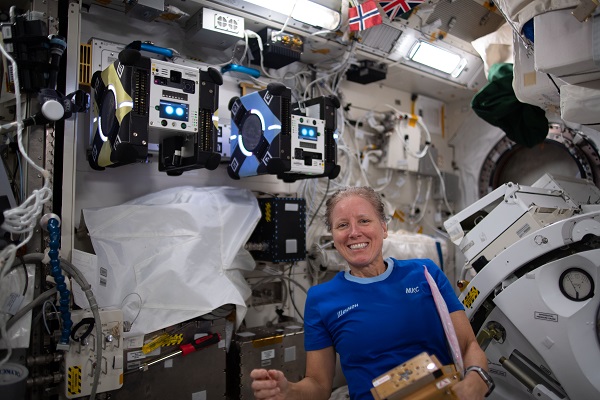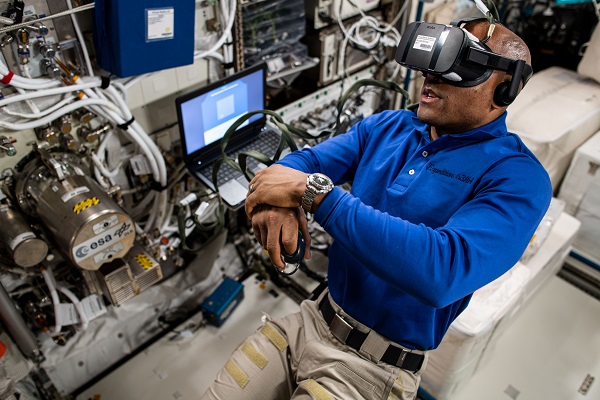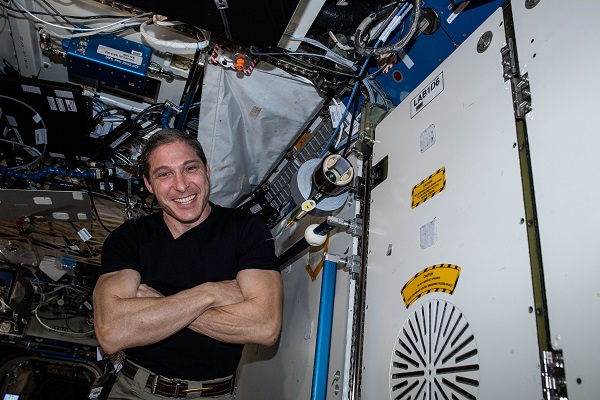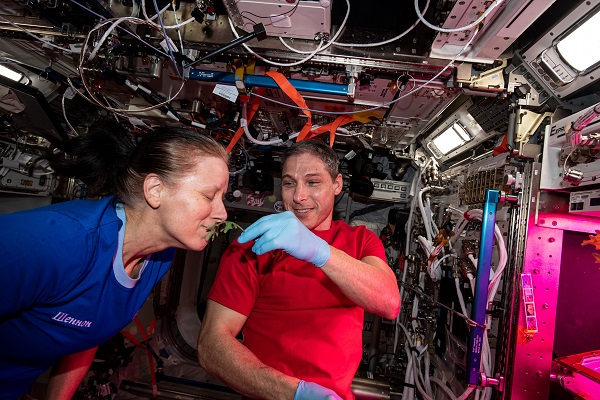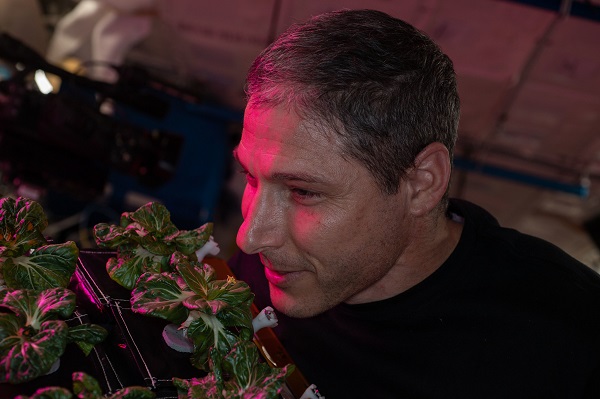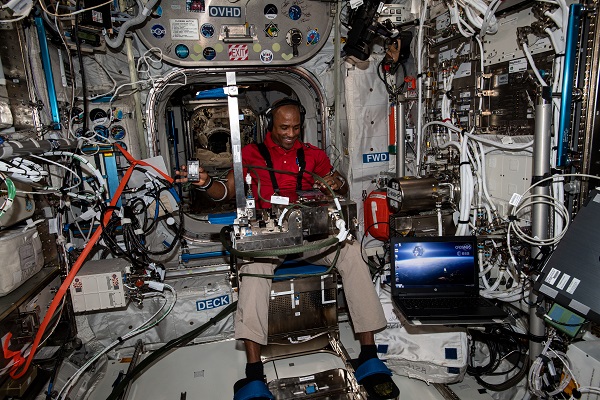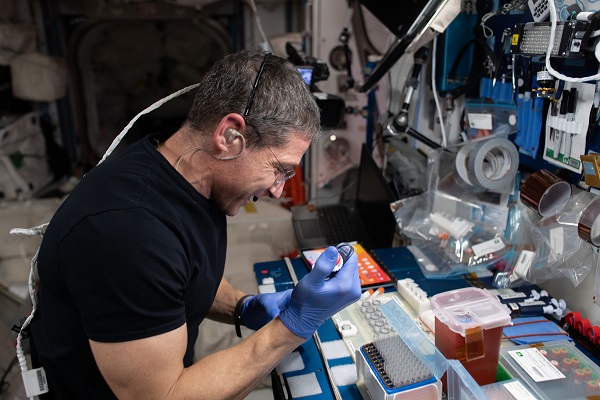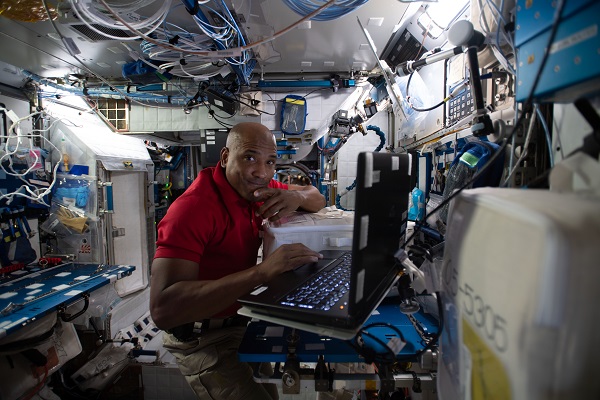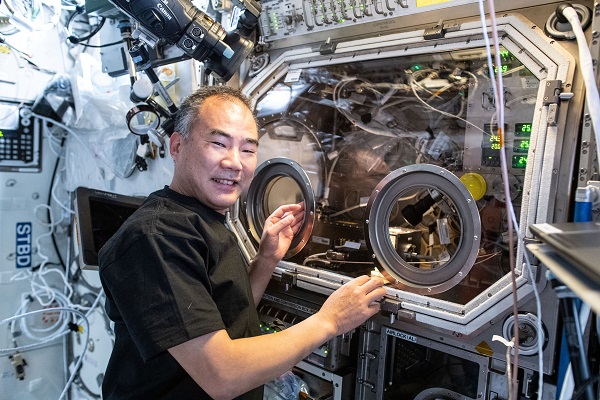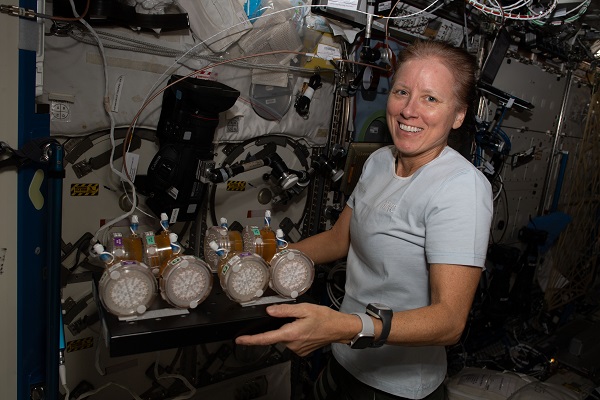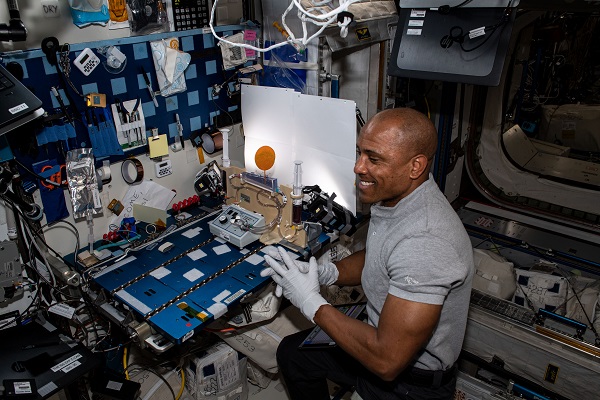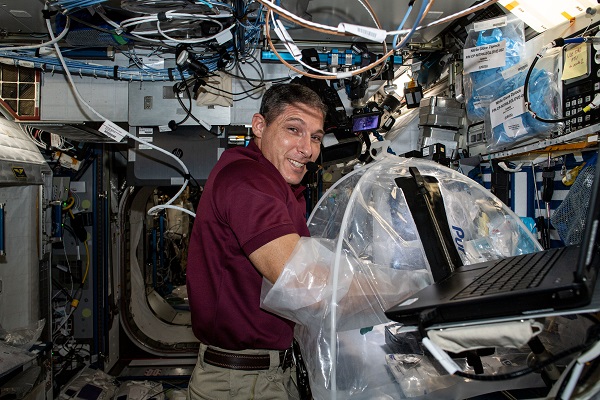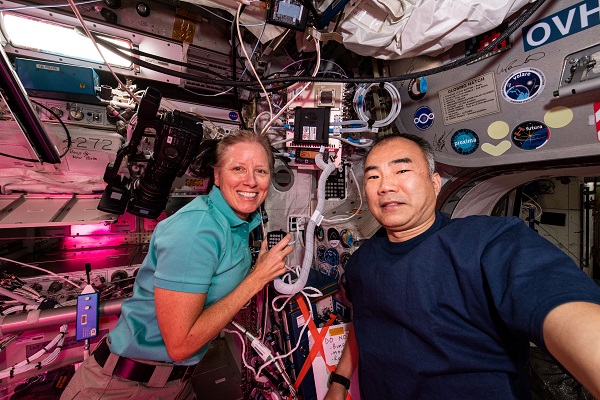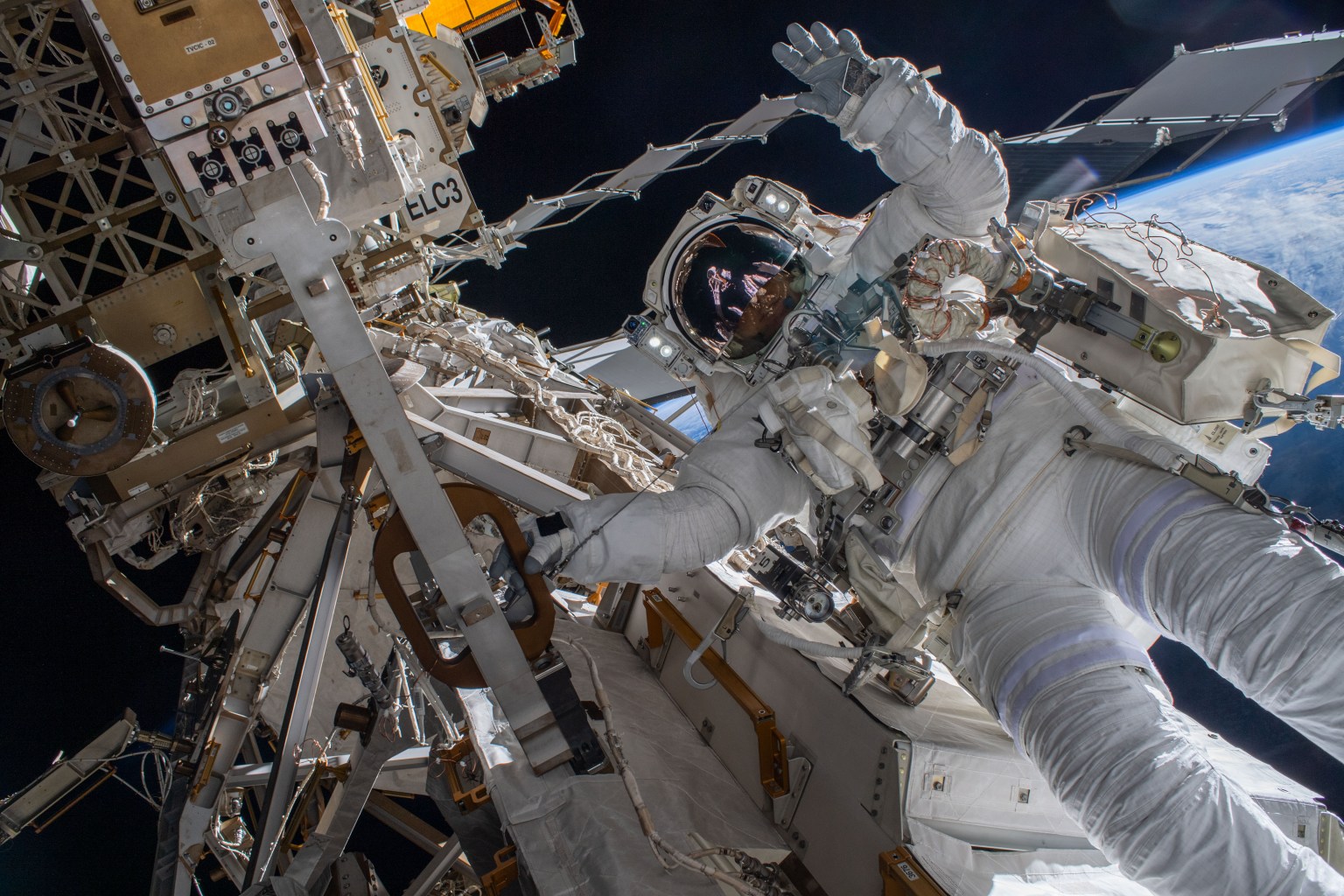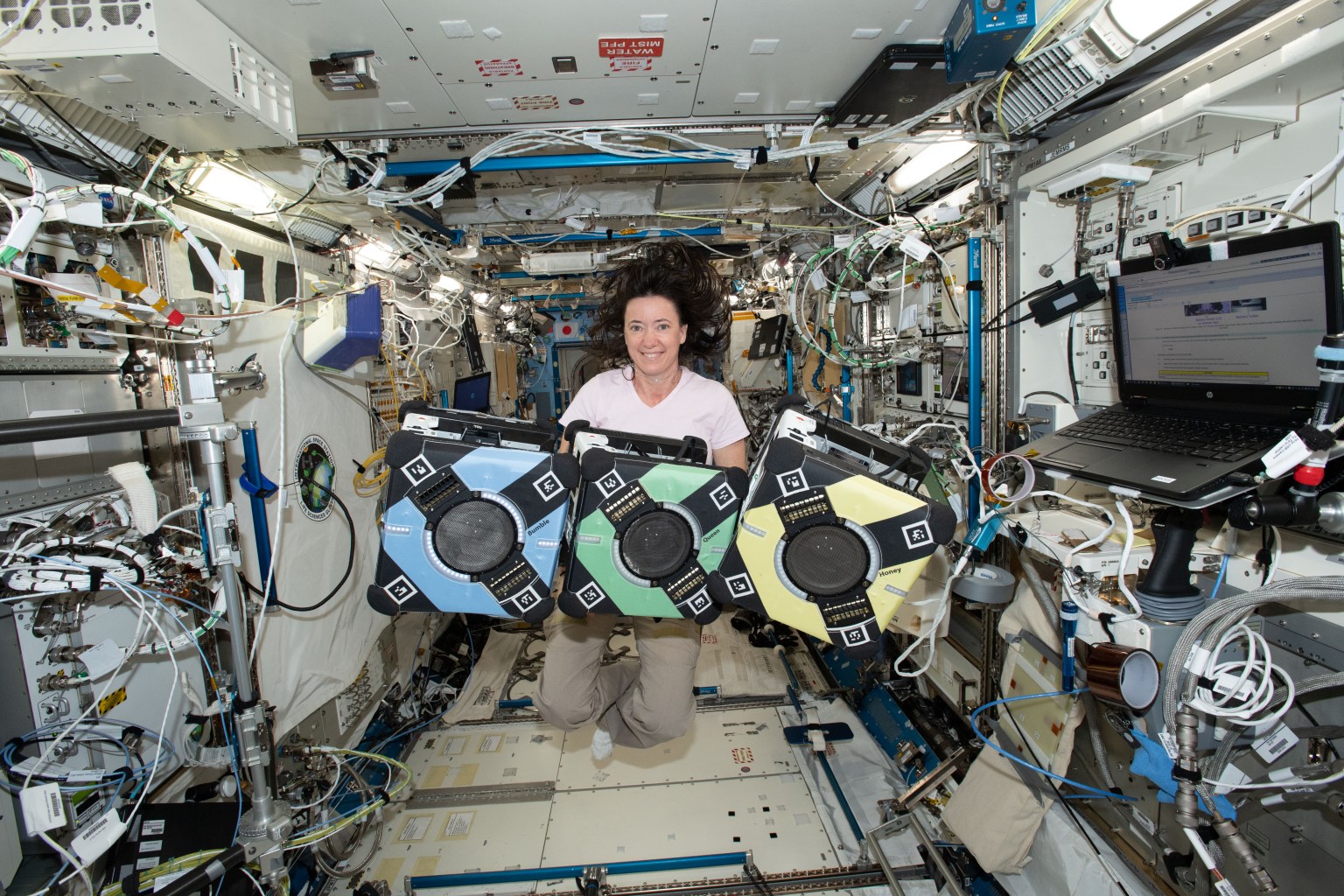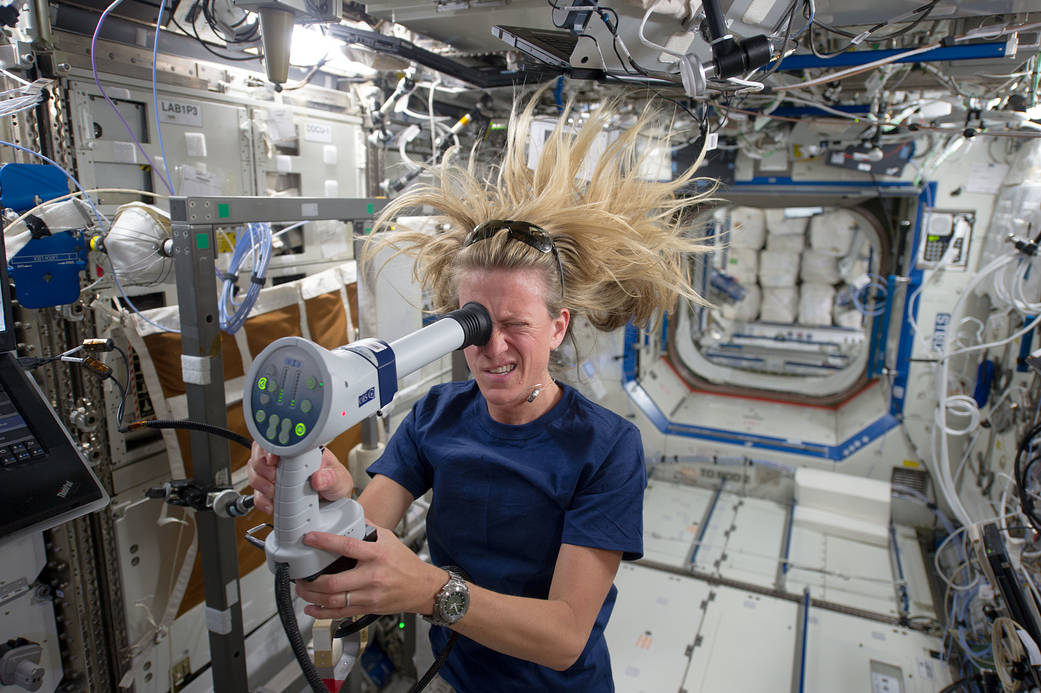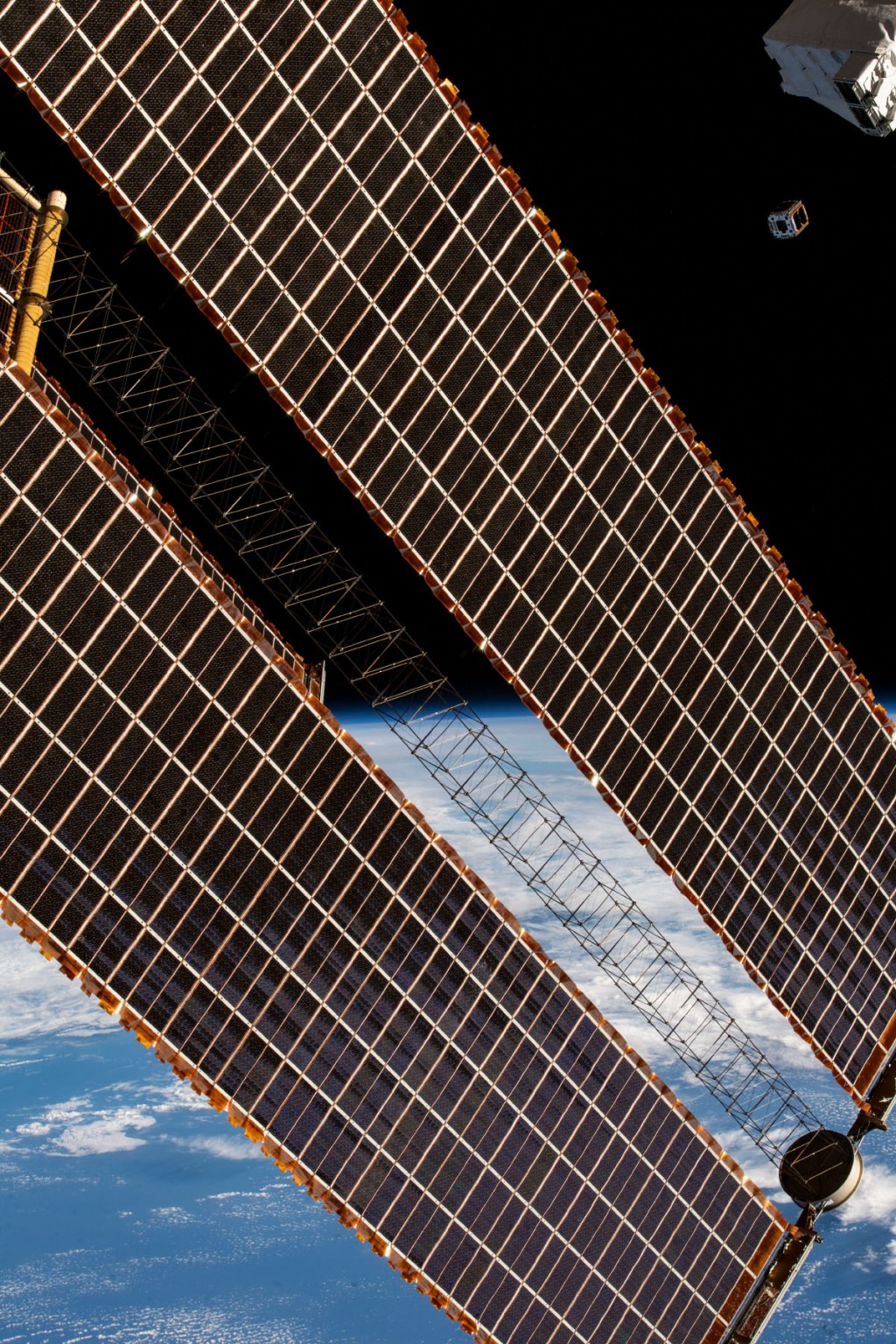Editor’s Note: This web article was updated April 30 to reflect the Crew-1 splashdown is now targeted for no earlier than May 2.
After six months aboard the International Space Station, Crew-1 returns home on May 2, 2021. The four crew members — NASA astronauts Mike Hopkins, Victor Glover, and Shannon Walker, and Japan Aerospace Exploration Agency (JAXA) astronaut Soichi Noguchi — will travel back to Earth inside a SpaceX Crew Dragon capsule. This Crew-1 mission marks the first of six crewed SpaceX flights planned as part of NASA’s Commercial Crew Program.
The crew members contributed to hundreds of scientific investigations and technology demonstrations while aboard the orbiting laboratory. This valuable scientific research helps to prepare humans for future space exploration missions while generating numerous innovations and benefits for humanity on Earth. Here is a look at some of the scientific milestones accomplished during the Crew-1 mission.
Download full-resolution versions of all photos in this article.
Welcoming new science to the space station
Moving the new science into the station, Noguchi helps unload the SpaceX cargo Dragon on its 21st commercial resupply services (CRS-21) mission shortly after its arrival. SpaceX’s CRS-21 and Northrop Grumman’s CRS-15 commercial resupply missions arrived during the Crew-1 astronauts’ stay aboard the International Space Station. Astronauts wear personal protective equipment, including safety goggles and masks, when opening the hatch and entering a new spacecraft for the first time as a precaution to prevent irritation from dust and debris possibly dislodged during ascent. Learn more about the science experiments that were aboard the Dragon and Cygnus vehicles.
Bone science breakthrough
The human body goes through extraordinary changes in microgravity. Glover installs the MVP Cell-06 platform, used to study the effects of spaceflight on bone and joint health. Ongoing research focuses on developing new drugs and treatments for post-traumatic osteoarthritis, a condition frequently observed on Earth following exercise-related injuries, including anterior cruciate ligament (ACL) tears.
A new look at vision in space
The Rodent Research-23 investigation, worked on above by Walker, makes valuable contributions to biomedicine. This work examined the effects of microgravity on veins, arteries, and lymphatic structures of the eye, which helps address visual impairment issues from Spaceflight-Associated Neuro-ocular Syndrome (SANS). Over 40% of astronauts experience SANS during long duration missions.
The final harvest of 2020
Hopkins welcomes in the new year by preparing to harvest radishes for Plant Habitat-02. Radishes are one of several options being investigated as potential food sources to sustain future long duration missions. The Crew-1 astronauts were also involved in Food Physiology experiments evaluating an enhanced spaceflight diet on their immune systems and gut microbiomes.
Fired-up for space flames
Microgravity significantly alters flame spreading behavior. Exploring this phenomenon further, Noguchi conducts research within the Solid Combustion Experiment Module for JAXA’s FLARE investigation. This experiment explores the flammability of various solid fuels and materials in microgravity to improve fire safety practices.
Teamwork makes the dream work
Crew-1 stayed productive with the help of robotic assistants. Next to Walker are two of the three cube-shaped Astrobee robots currently aboard the station. Ongoing research continues to investigate how these free-flying autonomous robots can assist astronauts with routine tasks and provide ground support teams with crew monitoring data.
Warping time in virtual reality
This ESA (European Space Agency) Time Perception in Microgravity investigation is studying crew member reaction times and time perception in space. Glover participates as a research subject using a virtual reality headset. This work helps provide data about astronaut cognitive performance, a critical factor for ensuring crew safety and mission success.
Solving a sticky situation
Working in microgravity creates new challenges, even for simple tasks. Next to a floating Hopkins is a HUNCH Tape Dispenser specialized for operations in microgravity. This tape dispenser, developed by high school students through the NASA HUNCH (High Schools United with NASA to Create Hardware) program, requires only one hand to cut pieces of tape. This improves crew efficiency and addresses human factors that must be considered when working in the microgravity environment.
Space salad
Resident space farmers Walker and Hopkins sample and smell leaves from their harvest of the VEG-03 investigation. This research focused on growing sustainable food sources to support future missions to the Moon, Mars, and beyond. Plants grown during Crew-1’s time on the station included Extra Dwarf Pak Choi, Amara Mustard, and Red Romaine Lettuce.
Get a grip
Moving between different gravitational environments can disrupt human performance. To identify potential risks for hand control and dexterity, Glover participates in the human research GRIP investigation. This work is helping to inform new touch-based interface designs for future exploration vehicles.
Microgravity medicines
The human body contains more than 100,000 types of proteins, each providing information related to our health. Studying these proteins by crystallizing them helps researchers learn more about the body and potential disease treatments. Additionally, researchers have discovered that growing crystals in microgravity allows for slower growth and higher quality crystals. Hopkins and Glover both worked on the RTPCG-2 protein crystal experiment to advance new drug discoveries.
Shrinking semiconductors, expanding possibilities
Semiconductor crystals are an essential component in all computer chips, sensors, and wireless communication devices. Noguchi conducts the SUBSA investigation inside the microgravity glovebox to test a new method for producing semiconductor crystals. Findings from this work may improve the quality of the chips used inside consumer devices on Earth.
Take your space vitamins
Vitamins do not have long shelf lives in space. The BioNutrients investigation evaluated a new process for producing vitamins and nutrients from a common household yeast. This work supports efforts to supply adequate nutritional options for those living in space and remote areas of Earth for extended periods. Above, Walker services samples for the BioNutrients study.
Go with the flow
Growing plants in microgravity is possible but delivering adequate water to roots presents a challenge. Exploring a new option for growing space gardens, the Plant Water Management experiment evaluates a hydroponic plant system. Glover helps test this new water delivery system, which also may improve farming techniques in water-sparse regions worldwide.
Doctor’s orders
Getting sick in space could present more challenges than getting sick on Earth. Hopkins tests a new tool for blood analysis and monitoring astronaut health in microgravity. This HemoCue investigation is expected to help develop tools to diagnose astronaut illnesses, identify bacterial and viral infections, measure radiation exposure, and track the effectiveness of medical treatments.
Long distance learning
Walker and Noguchi speak with a group of Japanese high school students through ISS Ham Radio. The program allows students to ask questions of the crew as the space station passes overhead. The ISS Ham Radio also serves as a backup communication network between the International Space Station crew and NASA.
After returning to Earth, the astronauts of Crew-1 will continue to serve as human research subjects, providing valuable physiological data to advance space medicine and support future human spaceflight missions.
Download full-resolution versions of all photos in this article.
Morgan Kuligowski
International Space Station Program Research Office
Johnson Space Center



























